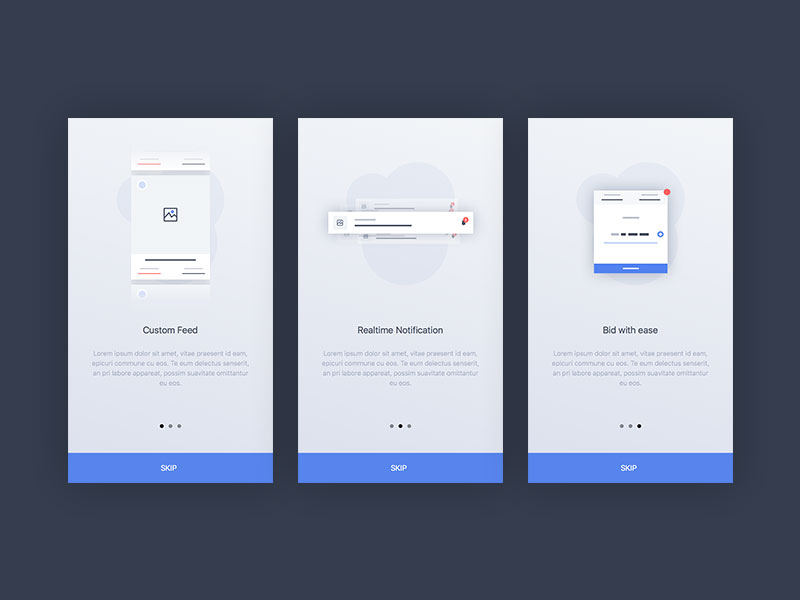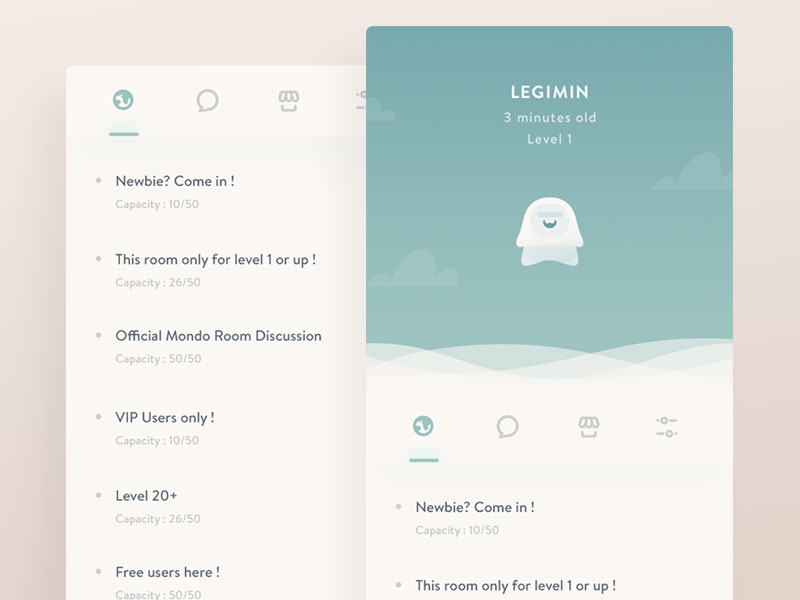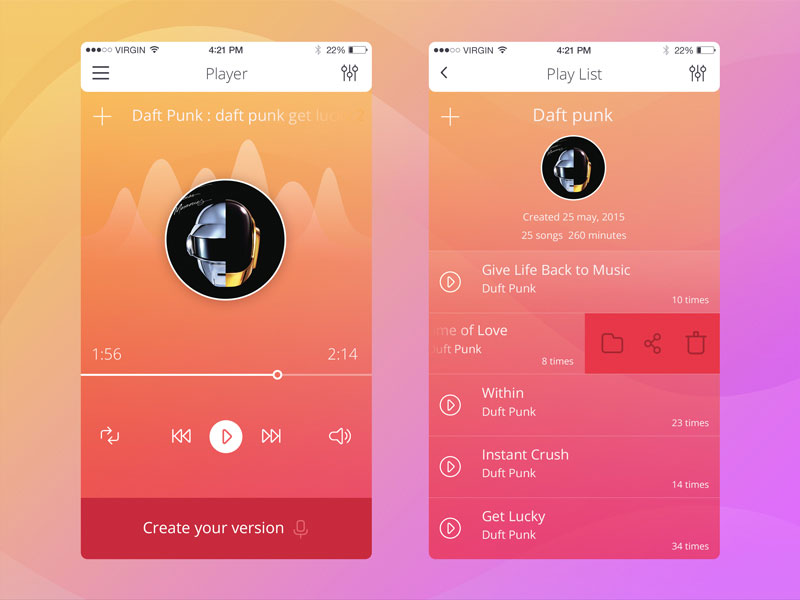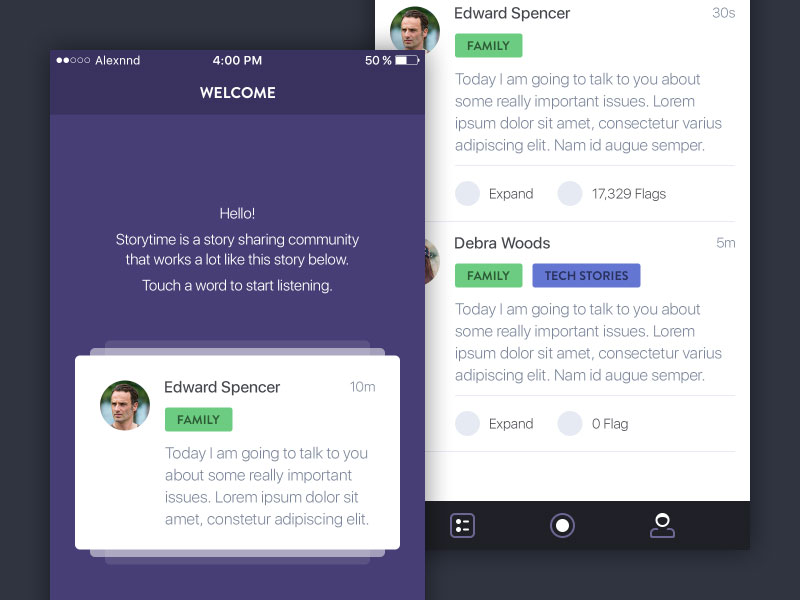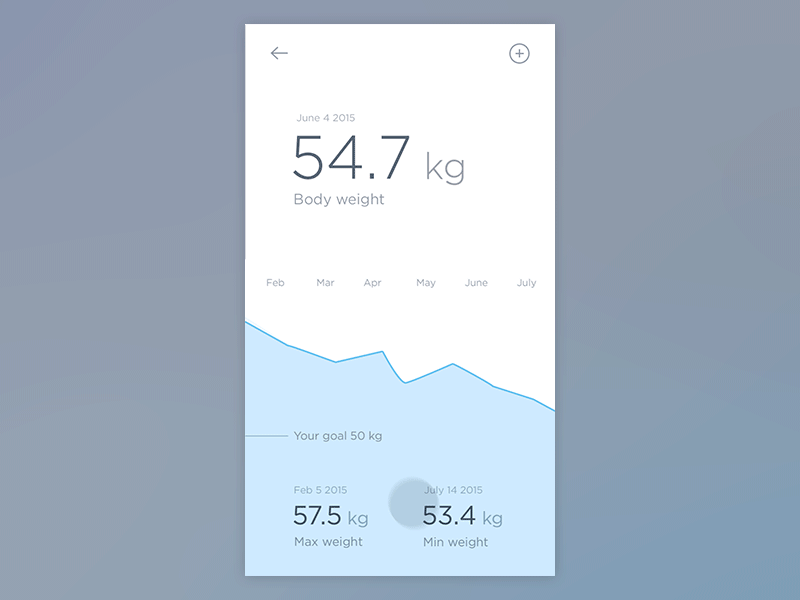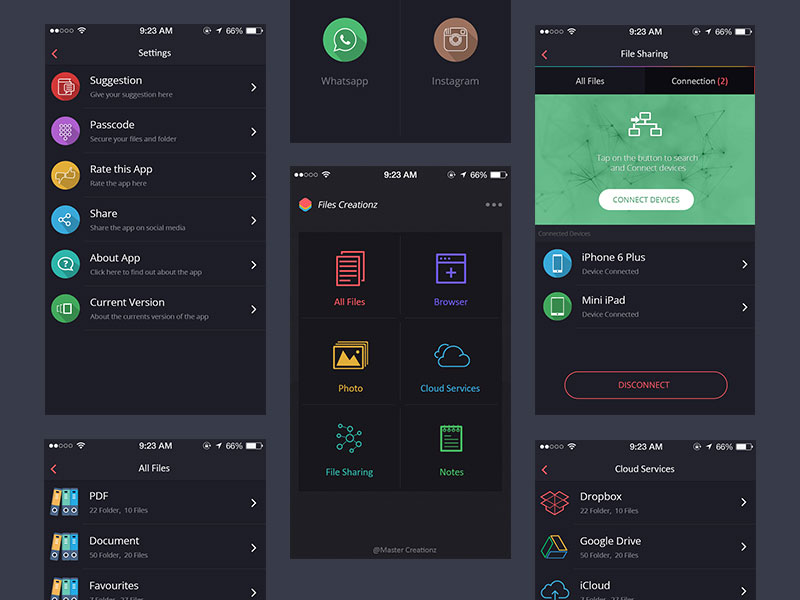The ugly duckling of the social media world, Google+, has just undergone a significant redesign. Far more than a simple facelift, the social network has been entirely refocused on interests, and in the process dropped several of its most used features.
Google leads the pack in almost every field it has entered, but notably struggles with social media; partly because it was late to the game; partly because it over-extended Google+’s feature set.
The real value of social media isn't features, but being on the network that your ‘friends’ are on. Google believes that the key to finally cracking the social media marketplace is by focusing on users’ shared interests, rather than familial or work connections.
Facebook was always that family dinner that you were forced to attend, but secretly hated. Google+ was that cool coffee shop down the street…where you could hang out with people…you actually had something in common with. — Vance McAlister
Google+’s new focus is on Collections and Communities: Collections allow you to immerse yourself in a specific subject — long boarding, or sub-Saharan entomology, for example; Communities allows you to meet up with like-minded users.
The service is being primed as a place not to connect with friends, but to discover new ones. Given Google’s long track record of successfully marrying data to search queries, it’s an approach that’s closely aligned with their core business.
The new Google+ is simpler, and more enjoyable to use. And with consistent experiences across desktop, and mobile sites it feels more coherent. As you’d expect, the design embraces Material Design (including the use of the distinctive, but controversial floating call-to-action).
the new Google+…makes it easier to post, search, connect, and keep up with great content…we’ve worked hard to make our new web experience load fast and work beautifully on devices of all sizes. — Luke Wroblewski, Google
One interesting aspect of the redesign, is that Android and iOS apps—which will roll out in the coming days—look remarkably similar. This flies in the face of conventional wisdom, that suggests that users prefer user interfaces that reflect their chosen platform.
Google plans to continue iterating over the design in the coming months, and some features that are conspicuous by their absence (Events for example) may make their way back into the service.
You can try out the new design by logging into your account, or signing up for an account, and clicking “Let’s Go” when promoted. If you don’t see the option yet, try back in a few days; it’s being staggered over the coming week.
Many commentators had expected Google+ to be quietly retired in the next year or two, but this redesign heralds a new focus and a renewed push from Google to embrace the social landscape. Whether it gains traction is yet to be seen but surely this is G+’s last chance before Google throws in the towel and buys Twitter.





















